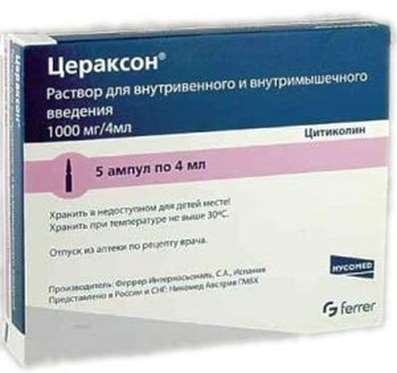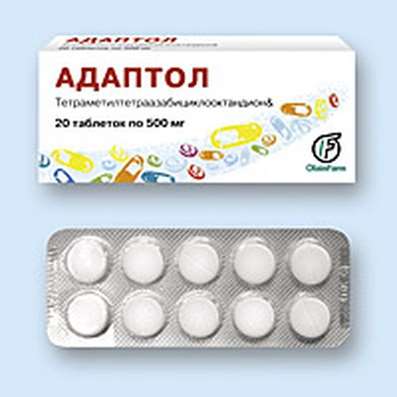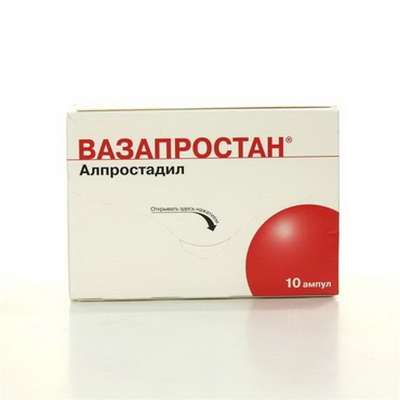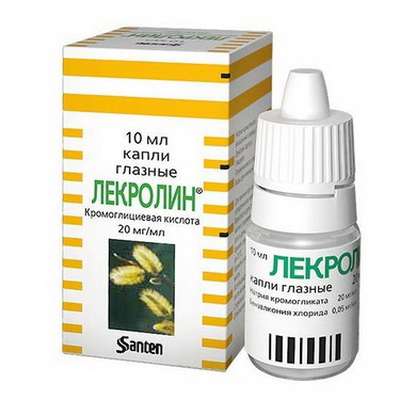Instruction for use: Oxybutynin (Oxybutyninum)
I want this, give me price
chemical name
4- (Dimethylamino) -2-butyl ester of alpha-cyclohexyl-alpha-hydroxybenzene acetic acid
Pharmacological group
M Cholinolytics
antispasmodics myotropic
The nosological classification (ICD-10)
N30 Cystitis
urethrocystitis, recurrent cystitis, fibrous cystitis, cystopyelitis, Exacerbation of chronic cystitis, Acute bacterial cystitis
N31.2 neurogenic bladder weakness, not elsewhere classified
Urinary incontinence in a stressful situation, Atony of bladder, Atony of the bladder (the sphincter) (neurogenic), Impaired function of the sphincter of the bladder, Neurogenic bladder disorders, Neurogenic bladder disorder, Neurogenic bladder, Functional insufficiency of the sphincter of the bladder, Imperative incontinence
R30.0 Dysuria
Disorders after prostatectomy, dysuric disorder, Dysuric disorders caused by benign prostatic hyperplasia, dysuric symptoms, dizuricheskie disorder, Dizuricheskie disorder in men, Dysuria with prostate cancer, disorders of urination, dysuria, Dizuricheskie disorder with benign prostatic hyperplasia, Acute dysuria
R32 Urinary incontinence unspecified
daytime enuresis, Idiopathic bladder instability, Urinary incontinence, nocturia, The disorder of the bladder sphincter function, Spontaneous urination, Mixed forms of urinary incontinence, Functional disorders of micturition, Functional micturition disorders, Functional enuresis in children, Enuresis
Z100 * CLASS XXII Surgical practice
Abdominal surgery, adenomectomy, Amputation, Coronary angioplasty, Angioplasty of the carotid arteries, Antiseptic skin treatment for wounds, Antiseptic Hand, Appendectomy, atherectomy, Balloon coronary angioplasty, Vaginal hysterectomy, The coronary bypass, Interventions in the vagina and cervix, Interventions on the bladder, Intervention in the mouth, Restoration and reconstructive surgery, Hand hygiene of medical personnel, Gynecologic surgery, Gynecological intervention, Gynecological surgery, Hypovolemic shock during operations, Disinfection of purulent wounds, Disinfection of wounds edges, Diagnostic intervention, Diagnostic procedures, Cervical Diathermocoagulation, Long-surgery, Replacing the fistula catheters, Infection in orthopedic surgery, Artificial heart valve, cystectomy, Short-term outpatient surgery, Short-term operation, Short surgical procedures, Krikotireotomiya, Blood loss during surgery, Bleeding during surgery and in the postoperative period, Kuldotsentez, laser photocoagulation, laser coagulation, retinal laser coagulation, Laparoscopy, Laparoscopy in Gynecology, CSF fistula, Small gynecological operations, Small surgical procedures, Mastectomy and subsequent plastic, mediastinotomy, Microsurgical operations on the ear, Mukogingivalnye operation, suturing, Minor surgery, neurosurgical operation, Immobilization of the eyeball in ophthalmic surgery, testectomy, pancreatectomy, Perikardektomiya, The period of rehabilitation after surgery, The period of, convalescence after surgery, Percutaneous transluminal coronary angioplasty, Pleural thoracentesis, Pneumonia postoperative and posttraumatic, Preparation for surgical procedures, Preparation for surgery, Preparation of the surgeon's hands before surgery, Preparation of the colon for surgical procedures, Postoperative aspiration pneumonia in neurosurgical and thoracic surgery, Postoperative nausea, Postoperative bleeding, postoperative granuloma, postoperative shock, The early postoperative period, myocardial revascularization, Radiectomy, gastric Resection, bowel resection, uterine Resection, liver Resection, enterectomy, Resection of part of the stomach, Reocclusion of the operated vessel, Bonding tissues during surgical procedures, Removal of sutures, Condition after eye surgery, Condition after surgery, Condition after surgery in the nasal cavity, Condition after gastrectomy, Status after resection of the small intestine, Condition after tonsillectomy, Condition after removal of the duodenum, Condition after phlebectomy, Vascular surgery, Splenectomy, Sterilization of surgical instruments, Sterilization of surgical instruments, sternotomy, Dental surgery, Dental intervention in periodontal tissues, strumectomy, Tonsillectomy, Thoracic surgery, total gastrectomy, Transdermal intravascular coronary angioplasty, Transurethral resection, Turbinektomiya, Removal of a tooth, cataract surgery, Removal of cysts, tonsillectomy, Removal of fibroids, Removing the mobile primary teeth, Removing polyps, Removing broken tooth, Removal of the uterus body, Removal of sutures, Urethrotomy, Fistula likvoroprovodyaschih ways, Frontoetmoidogaymorotomiya, Surgical infection, Surgical treatment of chronic limb ulcersm, Surgery, The surgery in the anal area, The surgery on the colon, Surgical practice, The surgical procedure, Surgical interventions, Surgery on the gastrointestinal tract, Surgical procedures on the urinary tract, Surgical procedures on the urinary system, Surgical intervention of the genitourinary system, Surgical procedures on the heart, Surgical manipulation, surgery, Surgery on the veins, Surgical intervention, Vascular surgery, Surgical treatment of thrombosis, cholecystectomy, Partial gastric resection, transabdominal hysterectomy, Percutaneous transluminal coronary angioplasty, Percutaneous transluminal angioplasty, Coronary artery bypass, tooth Extirpation, Extirpation of milk teeth, pulpectomy, pulsative cardiopulmonary bypass, tooth Extraction, teeth Extraction, cataract extraction, Electrocoagulation, endourological intervention, episiotomy, Etmoidotomiya, Complications after tooth extraction
Code CAS 5633-20-5
Characteristics
The white crystalline solid mass with a molecular weight of 393.9. Easily soluble in water and acids is relatively small in alkalis.
Pharmacology
Mode of action - antispasmodic, myotropic.
Does m-cholinergic receptors. It eliminates spasms and reduces the tone of smooth muscles: stomach, bile and urinary tract, the uterus, particularly well relaxes the smooth muscles of the bladder. Patients with neurogenic bladder capacity increases, relaxes and reduces the incidence of detrusor contractions, holding back the urge and reduces the number of urination (involuntary and voluntary). Well tolerated in long-term appointment - from 1 month to 2 years.
Indications
Neurogenic bladder, idiopathic unstable bladder (with frequent urination, urinary incontinence, urination, dysuria and other symptoms); hyperreflexia and detrusor dysfunction; nocturnal enuresis, and neurogenic bladder disorders in children older than 5 years.
Contraindications
Hypersensitivity, glaucoma (open-and zakryto-), gastrointestinal obstructive disorders, paralytic ileus, the expansion of the colon (including toxicity complicated by ulcerative colitis), severe colitis, myasthenia gravis (including myasthenia gravis), obstructive uropathy cause, intestinal atony in elderly and debilitated patients, acute bleeding instability cardiovascular parameters, pregnancy, lactation, children's age (up to 5 years).
Pregnancy and breast-feeding
Category effects on the fetus by FDA - B.
Side effects
Dry mouth, nausea, vomiting, constipation, flatulence, decreased motility of the stomach and intestines, urinary disorders (including urine retention), palpitations, tachycardia, vasodilatation, weakness, dizziness, drowsiness or insomnia, anxiety, hallucinations, production decline lacrimal fluid, mydriasis, increased intraocular pressure, paralysis of accommodation, blurred vision (amblyopia), decreased sweating, impotence, suppression of lactation, allergic reactions (rash).
Interaction
Alcohol and other sedatives increase dizziness and drowsiness.
Overdose
Symptoms: CNS arousal (anxiety, tremors, irritability, convulsions, delirium, hallucinations), flushing, fever, nausea, vomiting, tachycardia, hypo- or hypertension, respiratory failure, paralysis, coma.
Treatment: maintenance of respiratory function, induction of vomiting, gastric lavage; possible use of activated charcoal and laxatives; to reverse symptoms of anticholinergic intoxication administered physostigmine; with hyperpyrexia - cold packs, including ice, alcoholic wiping.
Routes of administration
Inside.
Precautions
To use caution when neuro dystonia, liver and kidney diseases, hyperthyroidism, coronary artery disease, congestive heart failure, tachycardia, arrhythmia, hypertension, benign prostatic hyperplasia (especially in the initial stages), ulcerative colitis, diaphragmatic hernia (including those associated with gastroesophageal reflux), diarrhea accompanying incomplete intestinal obstruction (especially in patients with ileo or colostomy) in the elderly. During treatment is not recommended to drive and deal with others. Activities that require high concentration and associated with the risk of his life (may develop dizziness and blurred vision). It should be borne in mind that high ambient temperatures often provokes fever and heart failure (decreased sweating) against oxybutynin.

 Cart
Cart





